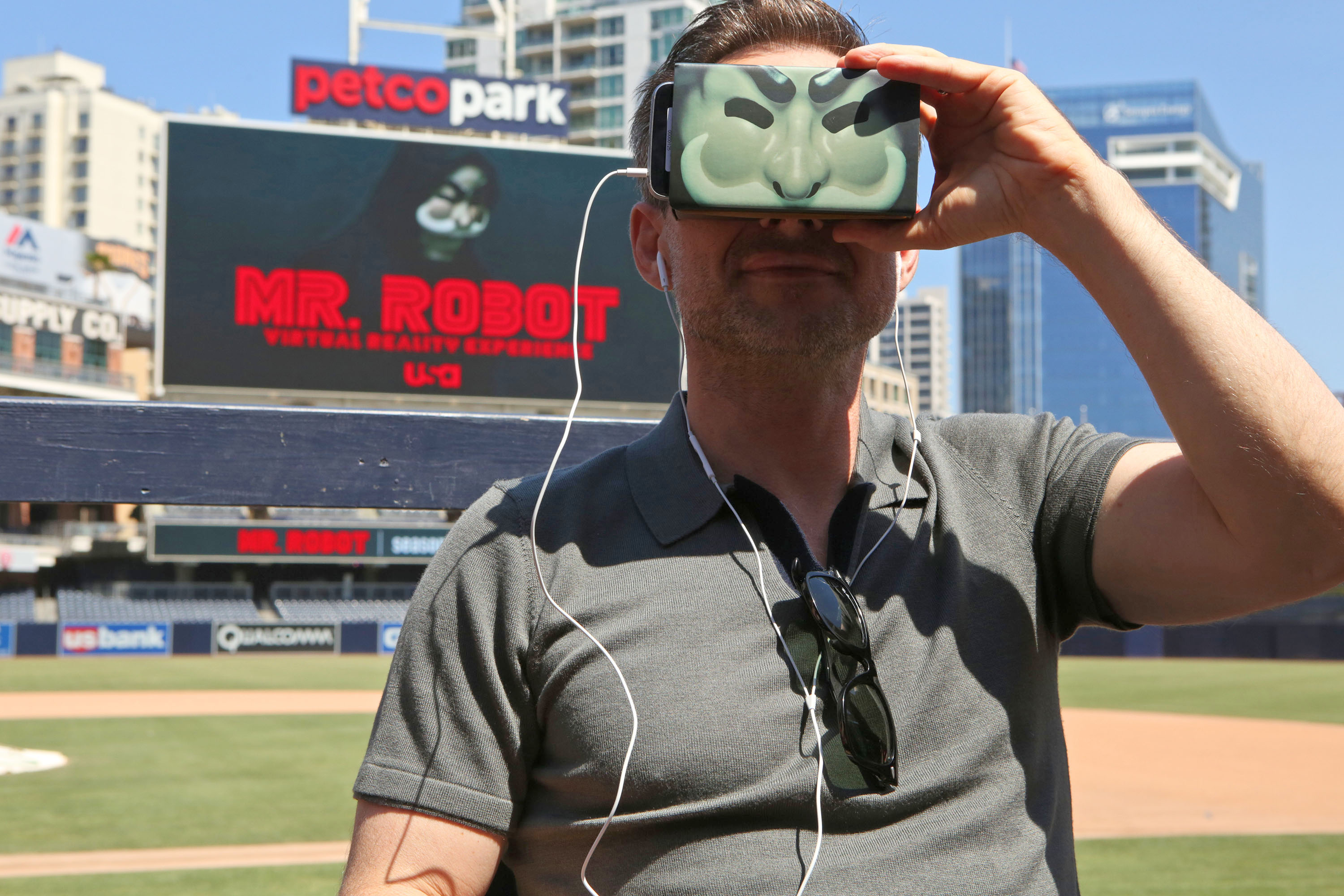CableLabs Publishes Specifications for Low Latency DOCSIS

CableLabs has released new specifications for DOCSIS 3.1 that enable the HFC network technology standard to support the very low latency required for virtual reality and online gaming.
Low Latency DOCSIS (LLD) is a software upgrade to existing DOCSIS 3.1 equipment, blogged Steve Glennon, distinguished technologists for CableLabs’ Advanced Technology Group.
He said the cable technology consortium is currently working with tech vendors to get LLD into the market. LLD, Glennon added, is part of CableLabs’ broader “10G” toolkit—a collection of technologies, which also includes things like Full Duplex DOCSIS, aimed at a forward-looking cable industry paradigm in which hybrid fiber coaxial (HFC) networks deliver symmetrical broadband speeds of 10 Gbps and above.
The low latency specification was spawned several years ago, when Glennon and other CableLabs engineers brought consumers in and worked with them to determine what specific kinds of bandwidth-intensive applications they’d be using in the future.
It was determined that virtual reality would be a key driver of high-intensity residential broadband consumption. And the current latency of more than 20 milliseconds would not suffice.
“VR needs incredibly low latency between head movement and the delivery of new pixels to your eyes, or you start to feel nauseated,” Glennon said. “To move the PC out of the home, we need to make the communications over the cable network be a millisecond or less round trip. But our DOCSIS technology at the time could not deliver that.”
So what is latency?
Multichannel Newsletter
The smarter way to stay on top of the multichannel video marketplace. Sign up below.
“Network latency is the time that elapses between a request for information and its arrival,” CableLabs said on a page outlining the dynamics. “Because it takes time for a signal to pass through wire or fiber, some latency will always be present, but slow servers, inefficient data packing and excessive network hopping can increase delays. One of the main causes of high latency is the increasing demand for attention from various applications competing to use the network, which occurs when too many people are streaming, chatting and playing on their personal devices over the same network at the same time.”
Low Latency DOCSIS, CableLabs said, “decreases latency to just 1 millisecond for many applications by giving latency-sensitive applications a higher priority without slowing down all other data.”
Daniel Frankel is the managing editor of Next TV, an internet publishing vertical focused on the business of video streaming. A Los Angeles-based writer and editor who has covered the media and technology industries for more than two decades, Daniel has worked on staff for publications including E! Online, Electronic Media, Mediaweek, Variety, paidContent and GigaOm. You can start living a healthier life with greater wealth and prosperity by following Daniel on Twitter today!

